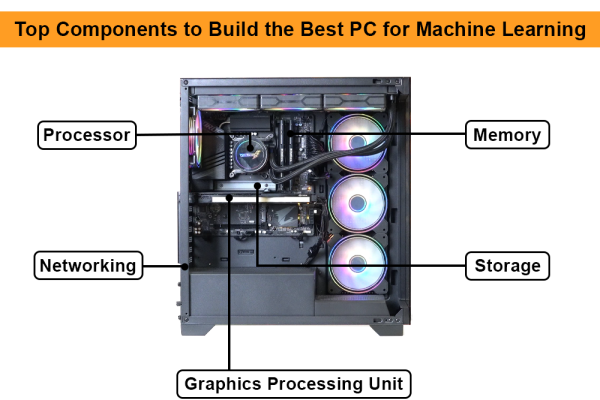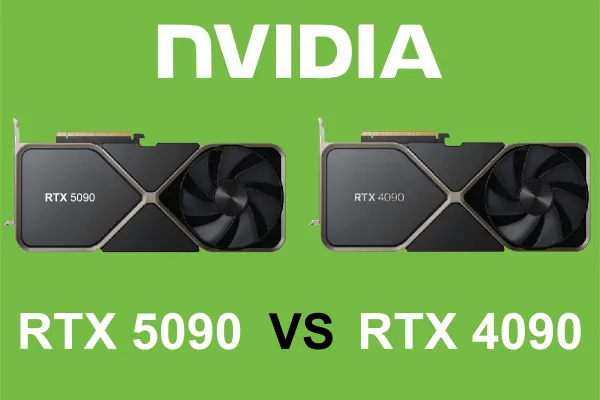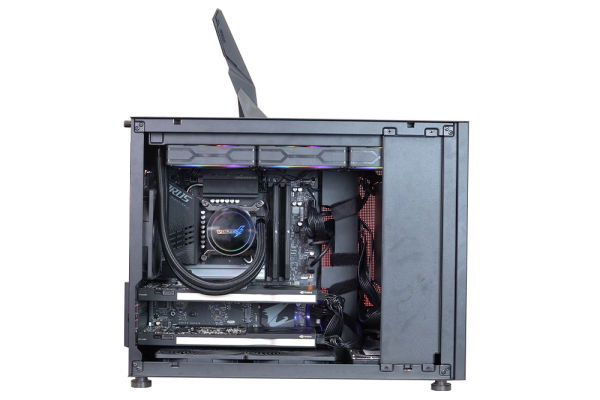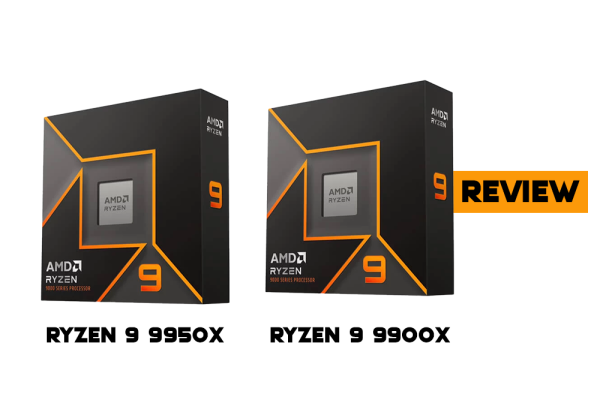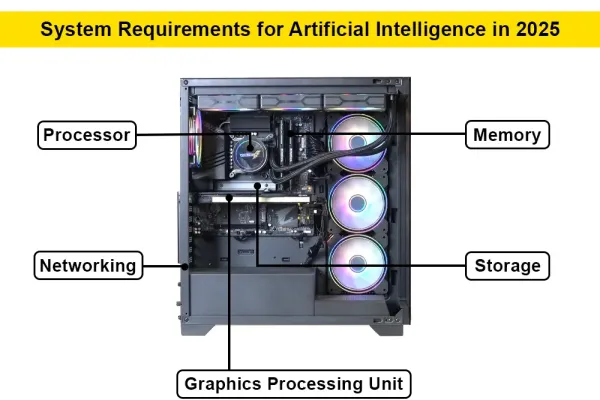
System Requirements for Artificial Intelligence in 2025
System Requirements for Artificial Intelligence in 2025
Artificial Intelligence (AI) continues to shape industries and redefine the boundaries of what’s possible. As we step into 2025, AI applications demand cutting-edge hardware and software configurations to ensure seamless operations and optimal performance. Whether you are an AI researcher, data scientist, or enthusiast planning to build or upgrade your AI system, understanding the evolving system requirements is crucial. Here's a comprehensive guide to the system requirements for artificial intelligence in 2025.
1. Processor (CPU)
AI workloads, including data preprocessing, model training, and inference, rely heavily on powerful CPUs. In 2025, the following CPU specifications are recommended:
- Cores and Threads: Opt for at least a 12-core, 24-thread processor, such as AMD Ryzen 9 7950X or Intel Core i9-14900K. Higher core counts allow for parallel processing, essential for multi-threaded AI tasks.
- Clock Speed: A base clock speed of 3.5 GHz or higher ensures efficient handling of complex computations.
- Architecture: Look for CPUs optimized for AI workloads, such as those with AVX-512 support and integrated AI accelerators.
2. Graphics Processing Unit (GPU)
GPUs are the backbone of AI computation, particularly for deep learning and neural networks. As models grow larger and more complex, GPUs must keep pace:
- VRAM: A minimum of 24 GB VRAM is recommended for handling large datasets and models. NVIDIA RTX 6000 Ada and AMD MI300X are excellent choices.
- CUDA and Tensor Cores: For NVIDIA GPUs, CUDA cores and Tensor Cores provide accelerated performance for AI operations.
- AI Framework Compatibility: Ensure compatibility with frameworks like TensorFlow, PyTorch, and JAX.
3. Memory (RAM)
AI systems in 2025 require substantial memory to handle extensive datasets and concurrent processes:
- Capacity: A minimum of 64 GB RAM is recommended, with options to expand to 128 GB or more for high-end workloads.
- Speed: DDR5 memory with speeds of 4800 MHz or higher ensures faster data access and reduced latency.
- ECC Memory: Error-correcting code (ECC) memory is advisable for critical applications to ensure data integrity.
4. Storage
Efficient storage solutions are essential for managing large datasets and quick access to AI models:
- Primary Storage: NVMe SSDs with at least 2 TB of capacity ensure fast read/write speeds and low latency.
- Secondary Storage: High-capacity HDDs (8 TB or more) are ideal for archiving datasets and backups.
- RAID Configuration: Consider RAID setups for redundancy and performance optimization.
5. Power Supply Unit (PSU)
AI systems are power-intensive, requiring a reliable PSU:
- Wattage: A minimum of 1000W, 80 PLUS Gold or Platinum certified, to handle high GPU and CPU loads.
- Modular Design: Modular PSUs help manage cables efficiently in high-performance systems.
6. Cooling Solutions
AI workloads generate significant heat, necessitating advanced cooling solutions:
- Air Cooling: High-end air coolers with multiple heat pipes and large fans.
- Liquid Cooling: Custom or closed-loop liquid cooling systems for overclocked CPUs and GPUs.
- Chassis Design: Ensure the case supports optimal airflow and has space for additional cooling components.
7. Networking
AI projects often require fast data transfer between systems or cloud platforms:
- Ethernet: 10 Gbps Ethernet for seamless data exchange.
- Wi-Fi: Wi-Fi 7 support for high-speed wireless connectivity.
- Cloud Integration: Ensure compatibility with major cloud platforms like AWS, Azure, and Google Cloud.
8. Software Requirements
AI software has specific requirements that must be aligned with hardware capabilities:
- Operating System: Linux distributions like Ubuntu 22.04 LTS or Windows 11 Pro.
- Frameworks: Support for TensorFlow, PyTorch, Scikit-learn, and ONNX.
- Libraries: Up-to-date libraries like CUDA Toolkit (12.x) and cuDNN.
9. Scalability and Future-Proofing
AI advancements in 2025 demand systems that can scale with emerging technologies:
- Modularity: Design systems that allow for easy upgrades of GPUs, RAM, and storage.
- Edge AI: Support for edge AI devices and frameworks for on-device processing.
- Quantum Readiness: Explore systems that integrate with quantum computing platforms for cutting-edge applications.
Conclusion
Building a robust AI system in 2025 requires attention to both hardware and software specifications. By investing in the right components—from high-performance GPUs to scalable storage—you can ensure your system is ready for the challenges and opportunities of modern AI applications. Stay ahead of the curve by keeping your system updated and aligned with the latest industry trends.
Posted 10 months ago
by Armaan



